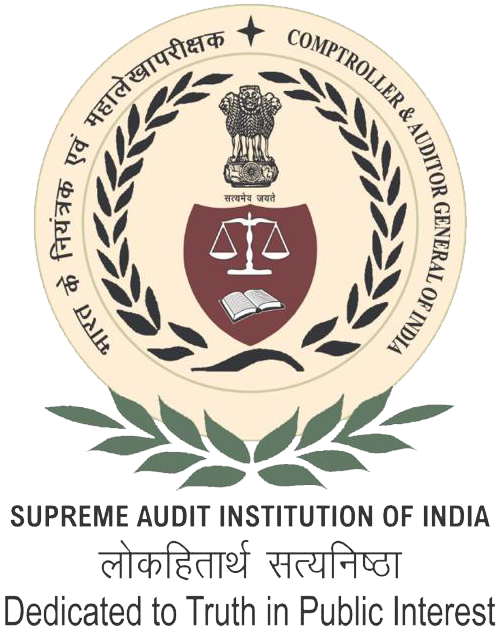Audit Reports

Sikkim
Audit Report on Social, Economic, Revenue & General Sectors 2012-13 Sikkim
Overview
This Audit Report has been prepared in six chapters. Chapters I to V deal with Social, General, Economic, Public Sector Undertakings, Revenue Sectors and Chapter VI deals with Follow up of Audit observations. This Report contains 28 audit paragraphs (including sixteen general paragraphs) and four Performance Audits. According to the existing arrangements, copies of the draft compliance audit paragraphs and draft performance audits were sent to the Secretary of the Department concerned by the Principal Accountant General (Audit) with a request to lumish replies within six weeks. Replies were received from the departments concerned except in respect of five paragraphs.
Expenditure of RS 4.21 crore was rendered infructuous due to improper survey and injudicious selection of site for the construction of 575 bedded hospital. Violation of guidelines resulted in irregular expenditure of RS 6.48 crore due to excess deployment of 648 teachers in schools while other schools faced shortage. Rajiv Gandhi Grameen Vidyuitikaran Yojana Government of India (GOI) introduced (March 2005) Rajiv Gandhi Grameen Vidyutikaran Yojana with the objective of providing access to electricity to all Rural Households and improving the rural electricity infrastructure. 90 per cent of the overall cost of the projects was to be provided by GOI as capital subsidy. The balance project cost was to be met by the Governments of respective States through loan from Rural Electrification Corporation Limited.
Cost of electrification of BPL households was, however, to be subsidised fully by the GOI. Energy and Power Department, Government of Sikkim was the implementing agency of the scheme in the State. Under the scheme, the State targeted to electrify 25 un-electrified villages and intensive electrification of 413 already electrified villages with free electricity connection to 12,081 BPL households by March 2009. The projects could not be completed even after four and half years of scheduled completion time. As of November 2013 the EPD completed electrification of all 25 un-electrified villages as well as intensive electrification of 383 villages which were already electrified and provided free electricity connection to 9,832 BPL households.
Download Audit Report
- Audit Report on Social, Economic, Revenue & General Sectors 2012-13 Sikkim
- Index of Report No. 1 of 2014 – Compliance and Performance Audit on Social, Economic, Revenue and General Sectors of Government of Sikkim
- Preface of Report No. 1 of 2014 – Compliance and Performance Audit on Social, Economic, Revenue and General Sectors of Government of Sikkim
- Executive Summary of Report No. 1 of 2014 – Compliance and Performance Audit on Social, Economic, Revenue and General Sectors of Government of Sikkim
- Chapter 1 of Report No. 1 of 2014 – Compliance and Performance Audit on Social Sectors of Government of Sikkim
- Chapter 2 of Report No. 1 of 2014 – Compliance and Performance Audit on Economic Sectors of Government of Sikkim
- Chapter 3 of Report No. 1 of 2014 – Compliance and Performance Audit on Economic (Public Sector Undertakings) of Government of Sikkim
- Chapter 4 of Report No. 1 of 2014 – Compliance and Performance Audit on Revenue of Government of Sikkim
- Chapter 5 of Report No. 1 of 2014 – Compliance and Performance Audit on General Sectors of Government of Sikkim
- Chapter 6 of Report No. 1 of 2014 – Follow up on Audit Observations done Social, Economic, Revenue and General Sectors of Government of Sikkim
- Appendices of 2014 – Compliance and Performance Audit on Social, Economic, Revenue and General Sectors of Government of Sikkim

